Introduction
The first Leica 50mm Summilux began production in 1959, and although there were new versions in 1961 and 1992, the optical design was pretty much unchanged until 2006, when the Leica Summilux-M 50mm f/1.4 ASPH was released. This lens has been the mainstay of many photographer’s kits over the last 15 years or so, it’s a similar design to the 75mm APO Summicron and is often said to have APO characteristics (sometimes by Leica!).
The new Leica Summilux-M 50mm f1/4
So now we have a new version of the 50 Summilux Asph utilising the new close-focus helicoid so that the lens can be focused down to 0.45 metres. This new lens is a companion to the 35 Summilux Asph released on September 15th last year.
As with the 35mm, Leica has increased the number of aperture blades from 9 to 11 to help in producing a good bokeh. Unlike the 35mm, however, this lens has a slightly modified optical design to help it produce more detail.
Close Focus
The close-focus feature of the new lens brings the closest object distance to 45 cm, which increases the maximum magnification from 1: 11.3 to 1: 6.4. In this context, it’s interesting to note that the maximum magnification on the new 35mm Summilux is 1: 8.9 (improved from 1: 17.4).
There is a good detent at the point where the lens goes closer than the 70cm rangefinder closest focus, after which you need to use Live View on the LCD (or the EVF) for focusing.
It’s worth mentioning at this point that one of my favourite lenses, the 75 APO Summicron, has almost as good a maximum magnification of 1:7 at the normal closest distance of 70cm.
| Lens | Magnification |
|---|---|
| 35 Summilux | 1:17.4 |
| 35 Summilux CF | 1: 8.9 |
| 50 Summilux | 1:11.3 |
| 50 Summilux CF | 1: 6.4 |
| 75 APO Summicron | 1: 7 |
| 90 APO Summicro | 1: 9 |
Optical Design Changes
Leica has made some change to the edge of elements which is designed to improve both the definition (from the centre to the edges). It has also been optimised for use with the new M11 sensor (and should thus show even more improvement with the M11 and M11M.
You can see here where the changes to the lens design have been used.
I’ve done some extensive comparisons of the lens against the previous 50 Summilux M Asph and also the 50 APO Summicron-M, both for definition and CA. It was no surprise that from f2 onwards, the APO Summicron still rules in terms of detail and control of CA, but the new Summilux is a small but noticeable improvement on its predecessor, especially with respect to edge definition.
Body and Design
The new 50 Summilux Asph is clearly a sibling of the recent 35mm Summilux Asph. It’s a little larger but with the same slightly fatter body with the slightly recessed slide-out lens hood. It is 6mm longer than the existing lens and 5mm thicker, and two grams heavier (337 vs 335). It comes in a silver chrome plated or black anodised finish, and the two new lenses are the same weight.
Personally, I found the design of the previous version to be a thing of beauty, and I’m not so keen on the slightly fatter look of the new lens with the lens hood narrower than the rest of the body. On the other hand, I just checked with my wife, and she prefers the new one!
Conclusion
The advantages of the new lens are pretty clear:
- Modified optical design
- Better definition from centre to edge
- Optimisation for the M11 sensor
- Close focus with Live View
- 11 aperture blades (as opposed to 9)

Leica M11 with 50 Summilux Asph CF ISO 64 1/200 @f5.6
Together with the release of the 35 Summilux Aspherical last September, it’s great to see Leica releasing improved versions of its core lenses. If you like to focus on details, then this is an obvious upgrade from the old design. And if you don’t already have the 50 Summilux Asph, then it becomes an even more attractive option.
Acknowledgements
As always, special thanks to my wife Emma, who puts up with my grumbles and panics whilst writing these articles.
Thanks also to Murat Akkas at Leica, who has been incredibly patient and helpful with my questions and mistakes. Thanks also to Christoph Mueller, Jesko von Oeynhausen and Stefan Daniel for making this so much fun for me!
The Images
I always shoot DNG and then process the images in Lightroom. All of these images have been processed one way or another, mostly by exposure and contrast adjustments and by cropping. In most cases, you can click on an image to see a larger jpg.
When I chose the images to go with the article, I did not zoom in to see if they were sharp or had motion blur or were out of focus (or had artefacts from over-processing!). I chose them because I like them, not because they are technically good. Obviously, I do my best to make every image technically good, but I don’t let that get in the way of a good photo!
More Images
Read more from Jonathan Slack
Jonathan Slack’s review of the new Leica M11 Monochrom
Visit Jonathan Slack’s website
Join the Macfilos subscriber mailing list
Our thrice-a-week email service has been polished up and improved. Why not subscribe, using the button below to add yourself to the mailing list? You will never miss a Macfilos post again. Emails are sent on Mondays, Wednesdays, and Fridays at 8 pm GMT. Macfilos is a non-commercial site and your address will be used only for communications from the editorial team. We will never sell or allow third parties to use the list. Furthermore, you can unsubscribe at any time simply by clicking a button on any email.


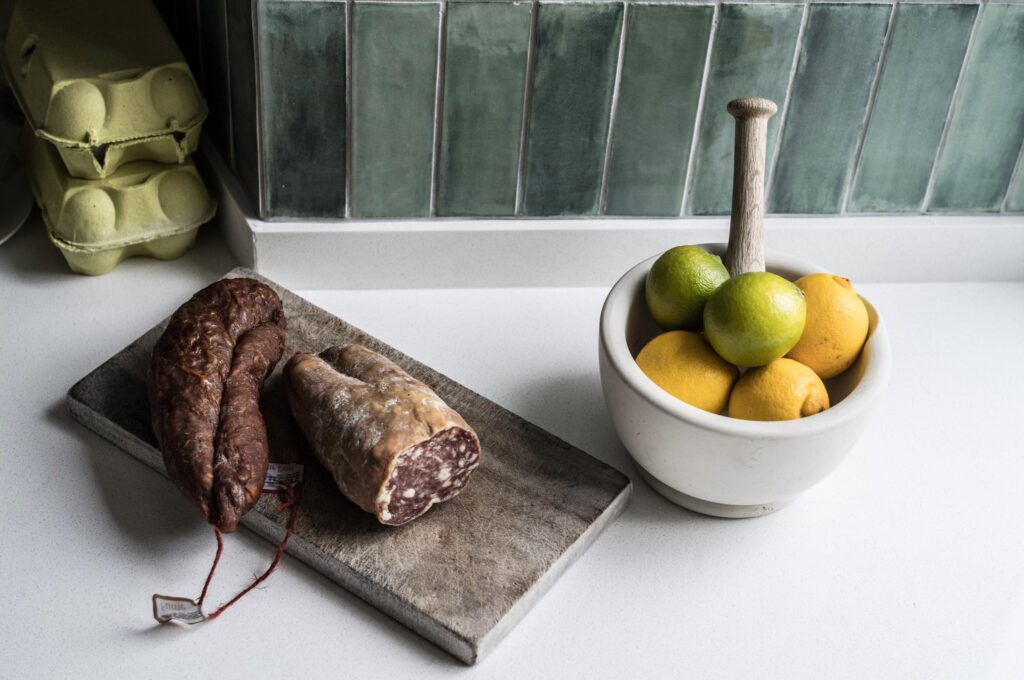




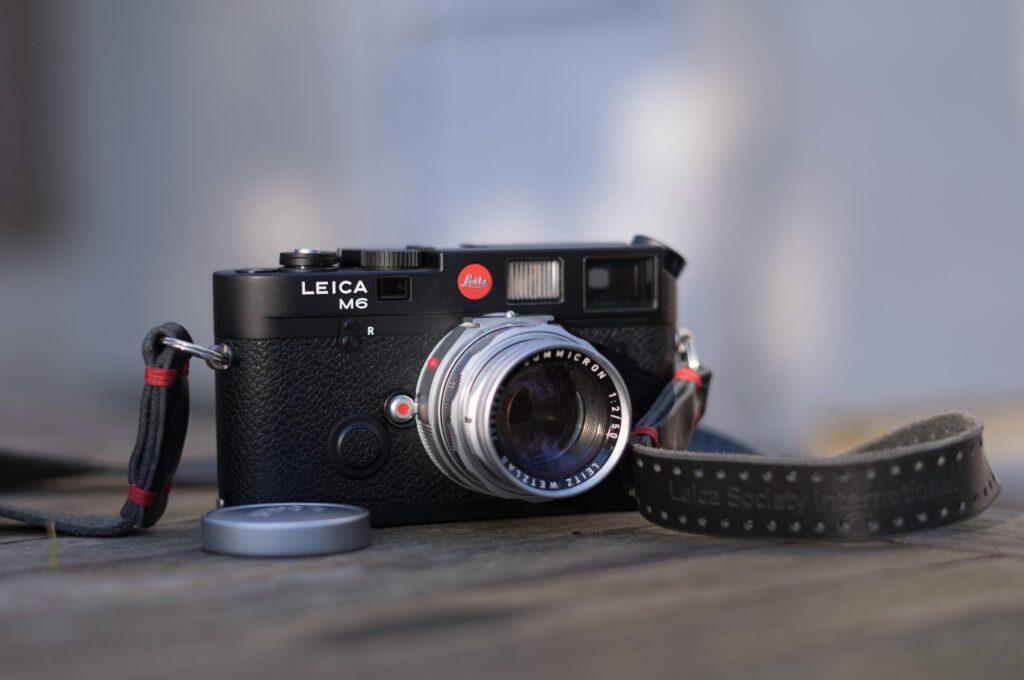
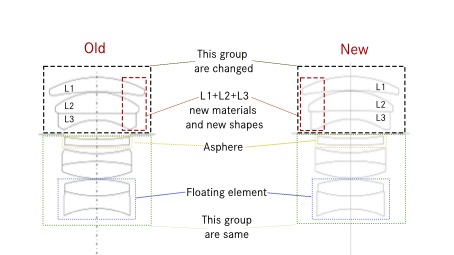


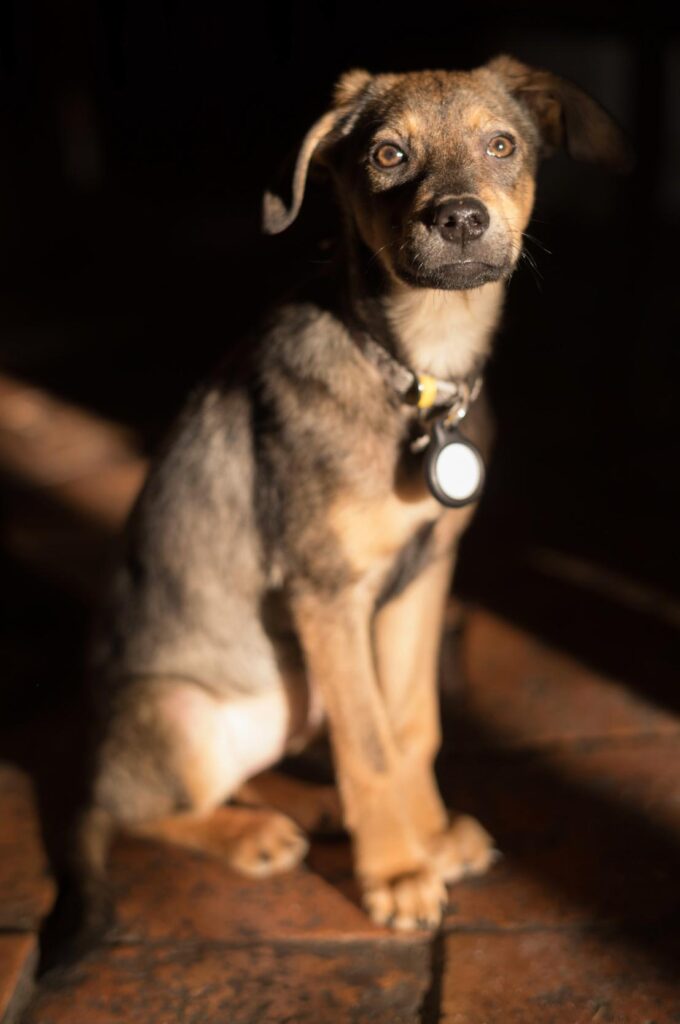









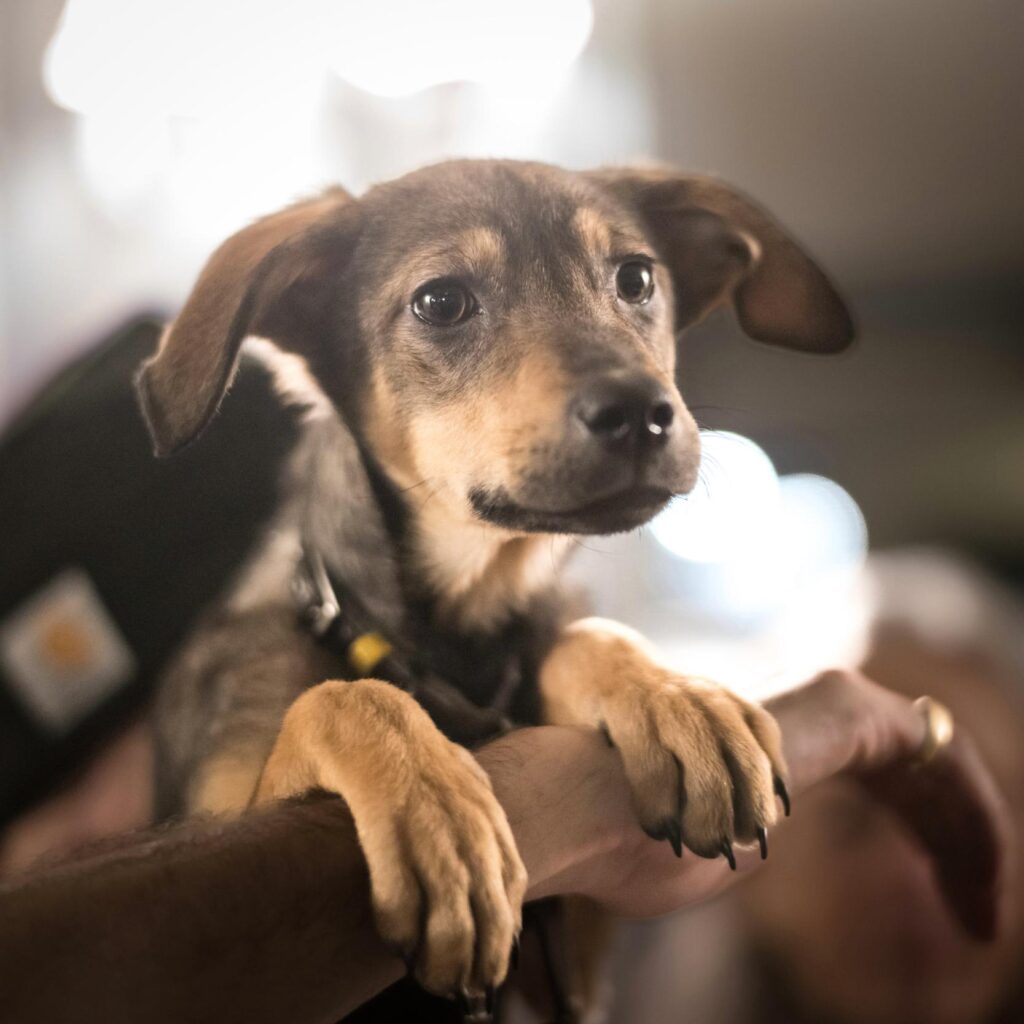

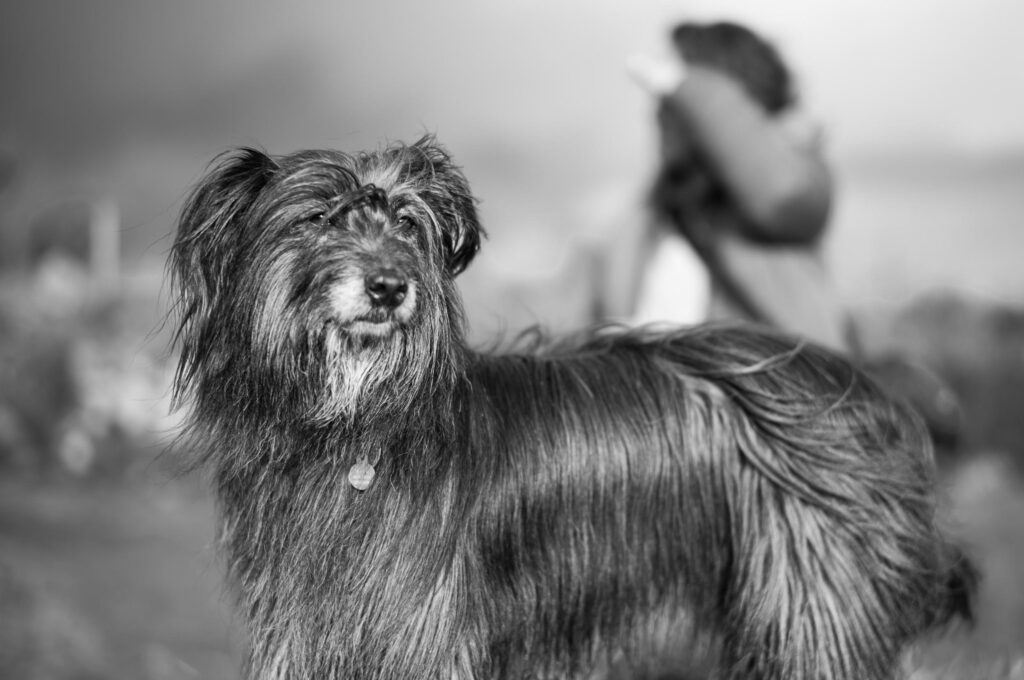
Hi Jono, thanks for the review! Any idea why there is no consistency in the close focusing distance? The 35mm APO is 30cm, the 28mm Summicron and the 35mm Summilux are 40cm, this one is 45cm. Why is it not possible to make the close focusing distance 30cm for all new generation lenses?
Generally speaking, it depends on how much glass- and mechanical-engineering the makers want to put into lenses which have – often – ‘floating elements’ in them.
As lenses focus closer – if they’re not everything-focuses-at-the-same-plane APO lenses – then it can be difficult for the designers to produce acceptably sharp focus all the way from infinity to just a matter of centimetres away. The extra ‘floating’ elements – separate parts of the lens which aren’t the main collection of glasses all moving in unison – the ‘floating’ elements, which have their own clamps and cams, move in teeny increments separately from the main chunks of glass in order to correct the poorer focus as the overall lens barrel moves outwards from the sensor for closer focus.
The various different close focus limits, or distances, depend on how much cost and engineering it’d take to enable very close focus by moving different elements by separate and different amounts as the lens is wound out to focus closer. For more money, lenses could be engineered to focus at more consistent close distances ..but how much more do you want to pay?
Karbe and Co do the best they can, using different types of glass, and finely engineered and assorted separately-moving cams for different parts of the overall lens, to meet a particular price level. Pretty much all the older Leica lenses were engineered to focus only as close as 70 centimetres (except for the old ‘Dual Range’ 50mm, which used a ‘cam swap’ to focus a bit closer. Similar add-on devices were available for the predecessor Screw Fit Leica lenses to enable closer-than-normal focusing.
Why don’t all cars have the same turning circle? (Come back Triumph Herald, all – well almost – is forgiven.) Why don’t all Ford – or any other brand – cars all have the same size tyres? Why don’t all lenses have the same range of apertures, all the way to wide open at f1.2..? Why didn’t all cassette tapes (remember those) have the same quality and the same running length? It’s all to do with complexity of engineering, and price which customers are willing to pay, and the characteristics of particular models ..whether cars, lenses, watches, SD cards or shoes.
The latest close focus version is 376 gram , both silver and black
Hi Jono, I am always initially excited when I see your name on a review. Then I get worried that you are going to lead me into a temptation that I will fail to resist due to your evocative images and compelling competent article. Love your images. They inspire me to get out and capture images. You are so right on a great image does not have to be technically perfect. I get tired of the pixel peeping reviews of lenses. What I care about is whether the image has soul-even if it only speaks to me.
Thanks for the effort you put into your reviews.
Hi There Brian
If you like the snaps and you’re inspired to go out and capture images, then I’ve succeeded. Thank you!
I think you should buy 2! You are so thorough may lEICA give you BOGO. Wish I had courage go M but afraid it be a waste on me! If you folks have not gotten KINGDOM OF THE HOUNDS Tony O’Shea and you appreciate dogs please buy this mine came,my grand daughters already stole! Kerry Hounds for ever!